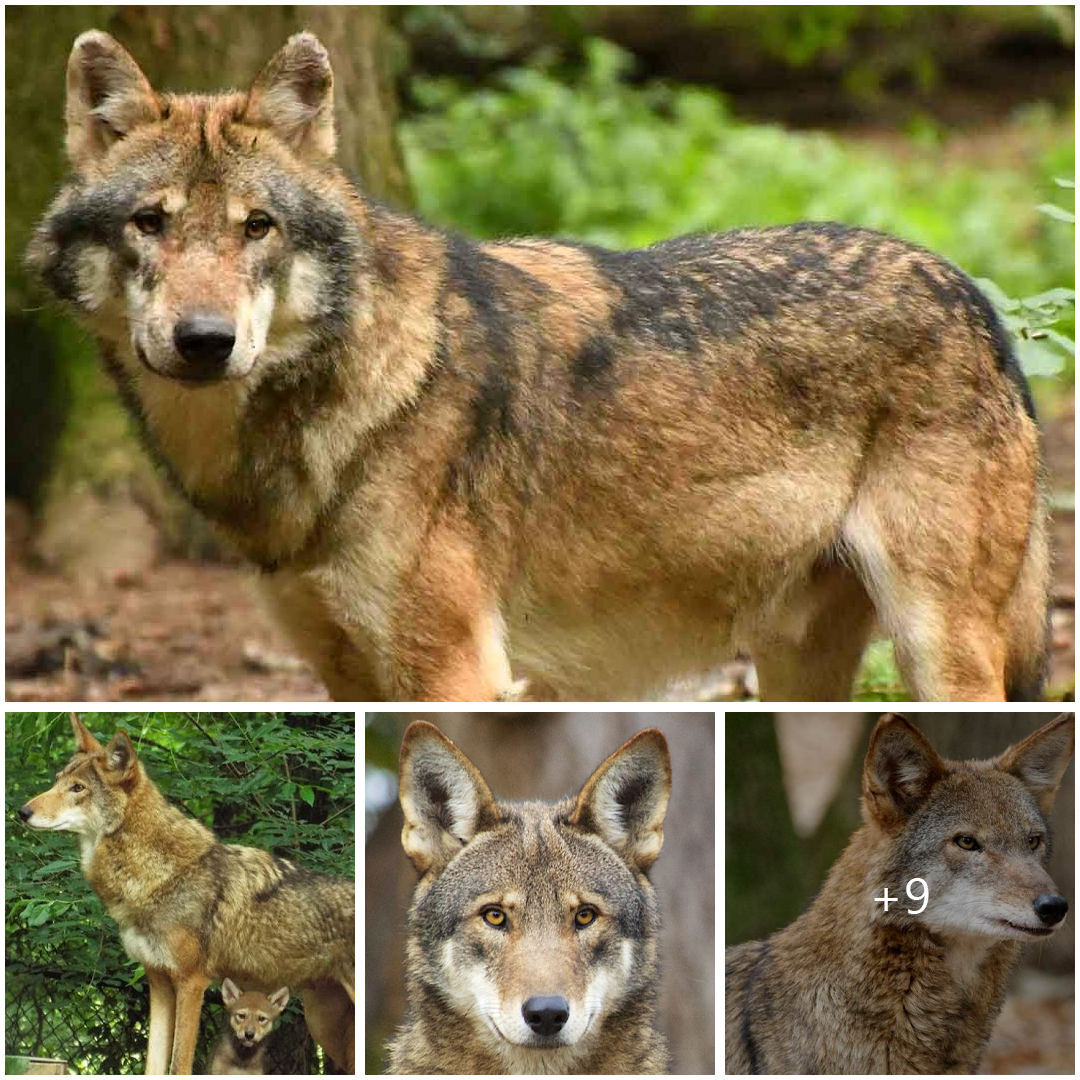
Red Wolf: America’s Forgotten Predator
Introduction: In the shadowy depths of North America’s forests and swamps, a silent predator lurks—the red wolf (Canis rufus). Once widespread throughout the southeastern United States, this elusive canid now teeters on the brink of extinction, its haunting howls echoing through the corridors of time. In this exploration, we unravel the mysteries of the red wolf, shedding light on its tumultuous history, ecological significance, and the urgent need for conservation action.
Historical Decline and Rediscovery: Once abundant across the southeastern United States, the red wolf faced relentless persecution from humans, who viewed it as a threat to livestock and game animals. By the mid-20th century, red wolf populations had dwindled to near-extinction, with the last remaining individuals confined to a small area in Texas and Louisiana. However, through dedicated conservation efforts and captive breeding programs, the red wolf has experienced a fragile resurgence, offering hope for its continued survival.
Habitat Loss and Fragmentation: Habitat loss and fragmentation pose significant threats to the red wolf’s survival, as human development encroaches upon its natural range. Deforestation, urbanization, and agricultural expansion fragment suitable habitats, isolating red wolf populations and limiting their access to prey and breeding sites. Additionally, human-wildlife conflict and mortality from factors such as vehicle collisions further exacerbate the challenges facing red wolf conservation.

Conservation Challenges and Solutions: Conservation efforts to protect the red wolf involve a combination of habitat restoration, captive breeding, and reintroduction programs aimed at expanding its range and increasing genetic diversity. Additionally, measures to address human-wildlife conflict and mitigate the impacts of habitat loss are essential for the red wolf’s survival. By fostering partnerships between government agencies, conservation organizations, and local communities, we can work together to ensure a future where the red wolf continues to thrive in the wild.
Conclusion: In the annals of American natural history, the red wolf stands as a symbol of resilience and perseverance, embodying the spirit of survival against all odds. By recognizing the importance of conserving its habitat and addressing the threats it faces, we can ensure a future where the red wolf continues to roam the forests and swamps of North America, enriching our lives with its presence and inspiring stewardship of the planet’s precious biodiversity.





